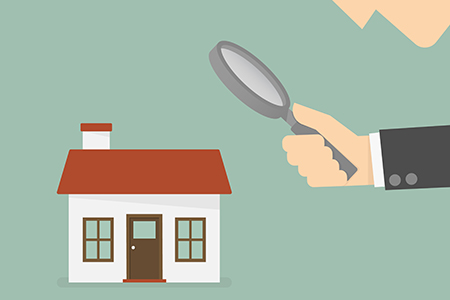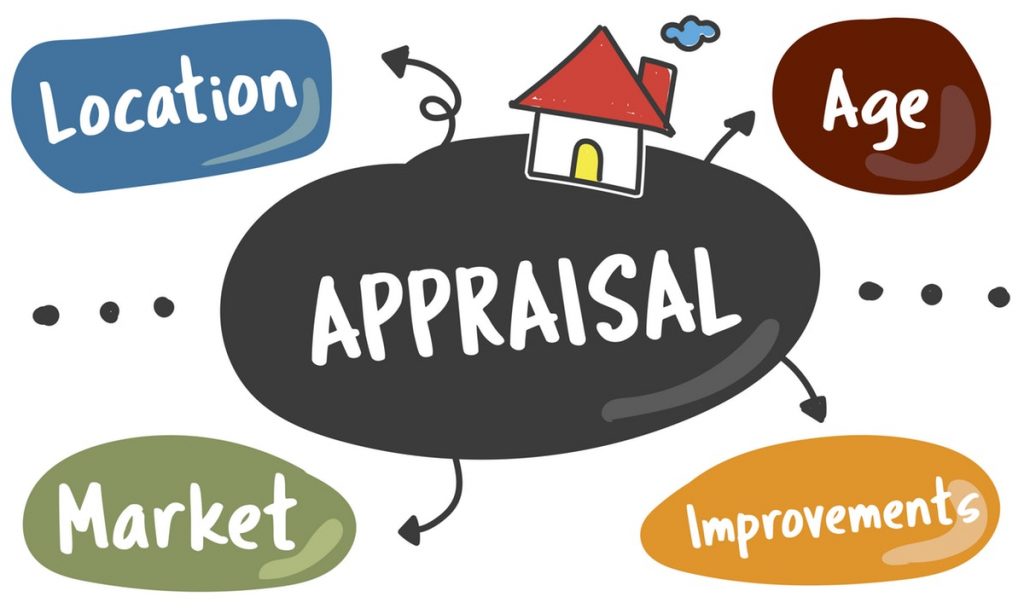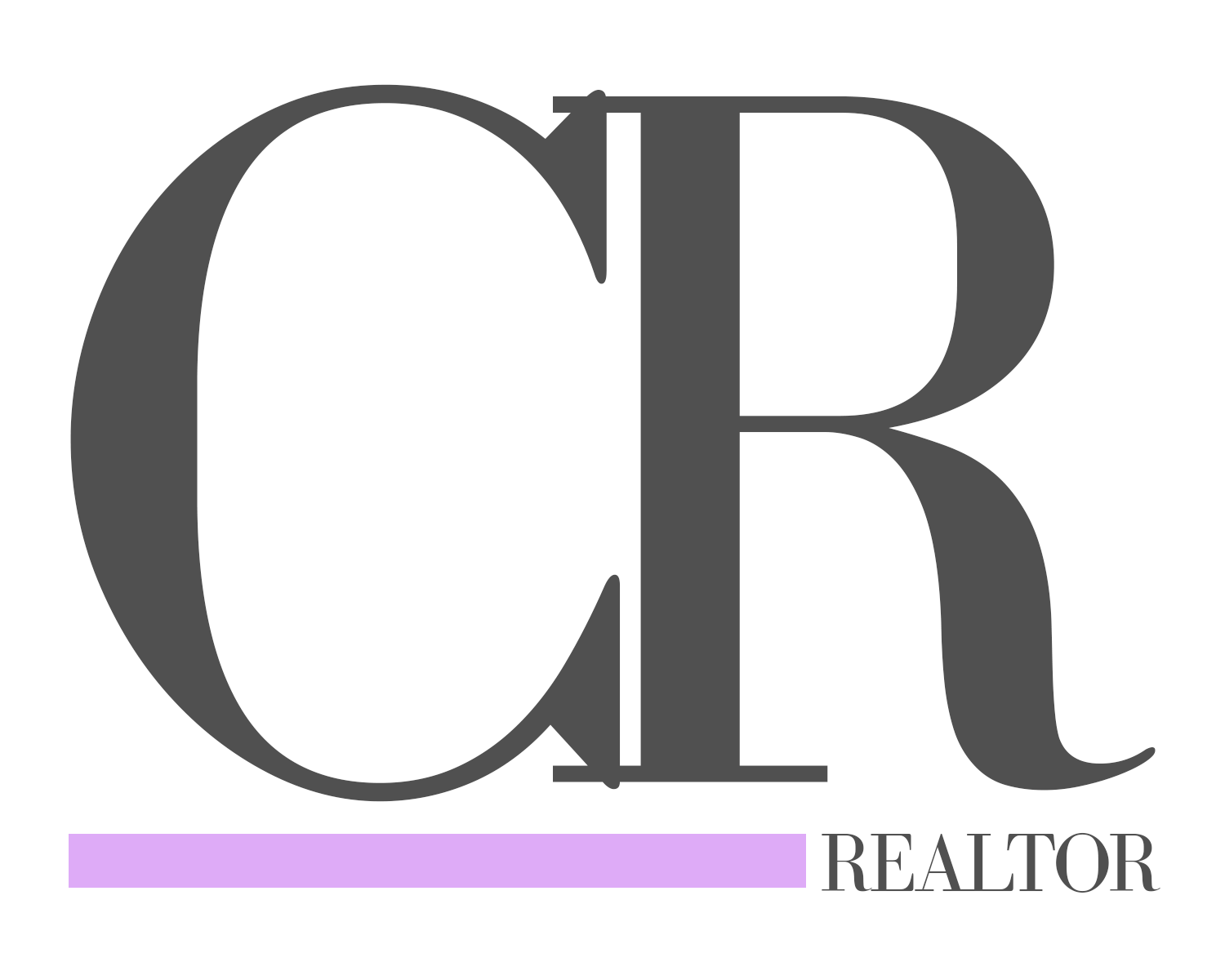There can be many different inspections requested during the home buying process . However, there are three inspections that are most commonly seen.

#1: The Home Inspection
The general home inspection is the first inspection typically found during home buying. This inspection is a visual evaluation of the conditions present during the inspection. An inspector, or licensed engineer, will examine everything that can be reasonably accessed. However, the inspector will not move appliances, pull up the carpet, or use invasive techniques to examine the home.
The buyer pays for this inspection. Typically, the contract is contingent upon a satisfactory inspection. The buyer has three options once the inspection is complete. These options include moving forward with the deal, walking away, or negotiating with the seller on needed repairs noted in the inspection.

The areas and systems that an inspector typically examines include:
- Outside: driveway, exterior and siding, garage, grading & vegetation, roof & gutters, crawlspaces, sidewalks, patios, decks, foundation, chimney
- Inside: appliances, structure, ceilings, doors, floors, stairs, walls, windows, ventilation & insulation, attic, basement, interior water penetration
- Systems: electrical, heating & air conditioning systems, plumbing & water heater
Other Possible Inspections
A buyer may request other inspections along with the home inspection. These include:
- Radon Gas– Radon is a naturally occurring, colorless, odorless radioactive gas that can cause lung cancer. A buyer may choose to have a radon test completed to determine the radon levels in the home. The buyer usually pays for this test.
- Chimney– A chimney inspection goes beyond the normal scope of a home inspection. If a buyer wants the chimney inspected, this is an extra expense.
- Pest Infestation– Some buyers may choose to have an inspection for pests within the home.
- Mold & Mildew– An inspector may find possible mold in the home. The buyer may ask for a mold assessment and remediation if this occurs.
- Septic System– A septic company will clean and inspect a septic system. A seller most often pays for the septic inspection.
- Lead-based Paint– All homes built before 1978 require a lead paint disclosure. A buyer may ask for a lead-based paint test in the house when there is evidence of flaking lead-based paint.
#2: The Appraisal

The next inspection in the home buying & selling process is the appraisal. The mortgage company requires the appraisal to ensure the property is worth the purchase price. In transactions where the buyer is securing a mortgage, the mortgage company will send an appraiser to ensure the property is worth the contract price. The mortgage company will want the home appraised at or above the contract price.
During the appraisal, the appraiser may note certain conditions that must be repaired/fixed. Appraisers typically find broken windows, peeling paint, damaged gutters, & roof repairs. The seller is usually responsible for the needed repairs.
If a property appraises for less than the contract price, the buyer has a few options. One, the buyer does not have to move forward with the sale. The buyer can choose to make up the difference between the appraisal and contract amounts. Third, the buyer and seller can negotiate different terms to complete the sale, including the seller making up the difference or the buyer and seller splitting the price difference.
#3: The Final Walk Through
The third inspection in the home buying/selling process is the final walk-through. The final walk-through usually takes place approximately 24-48 hours before closing. The final walk-through differs from a home inspection and should not replace one. During the walk-through, the buyer will confirm:
- The property is in the same condition as when the offer was made,
- Agreed-upon items have remained,
- Agreed-upon repairs have been completed,
- All systems are in working order, &
- The property is free of trash and personal items of the seller.
Conclusion
Although there can be many different inspections during the home buying process, the above three are the most frequently performed.
Have questions? Want more information? Contact me!


Recent Comments